The scenario goes like this: I have a picture of a paper that I would like to do some OCR. So take the image below as my input example:

After successfully detecting the area that corresponds to the paper I'm left with a vector<Point> of 4 coordinates that define its location inside the image. Note that these coordinates will probably not correspond to a perfect rectangle due to the distance of the camera and angle when the picture was taken. For viewing purposes I connected the points in the sub-image so you can see what I mean:

In this case, the points are: [1215, 43] , [52, 67] , [56, 869] and [1216, 884]
At this moment, I need to adjust these points so they become aligned horizontally. What do I mean by that? If you notice the area of the sub-image above, it is a little rotated: the points on right side of the image are positioned a little higher than points on the other side.
In other words, we have image A, which was exaggerated on purpose to look a little more distorted/rotated than reality, and then image B - which is what I would like as the final result of this procedure:
A)  B)
B) 
I'm not sure which techniques could be used to achieve this transformation. The application also needs to detect automatically how much rotation needs to be done, as I don't have control over the image acquisition procedure.
The purpose is to have a new Mat with the normalized sub-image. I'm not worried about a possible image distortion right now, I'm just looking for a way to identify how much rotation needs to be done on the sub-image and how to apply it and get a more rectangular area.